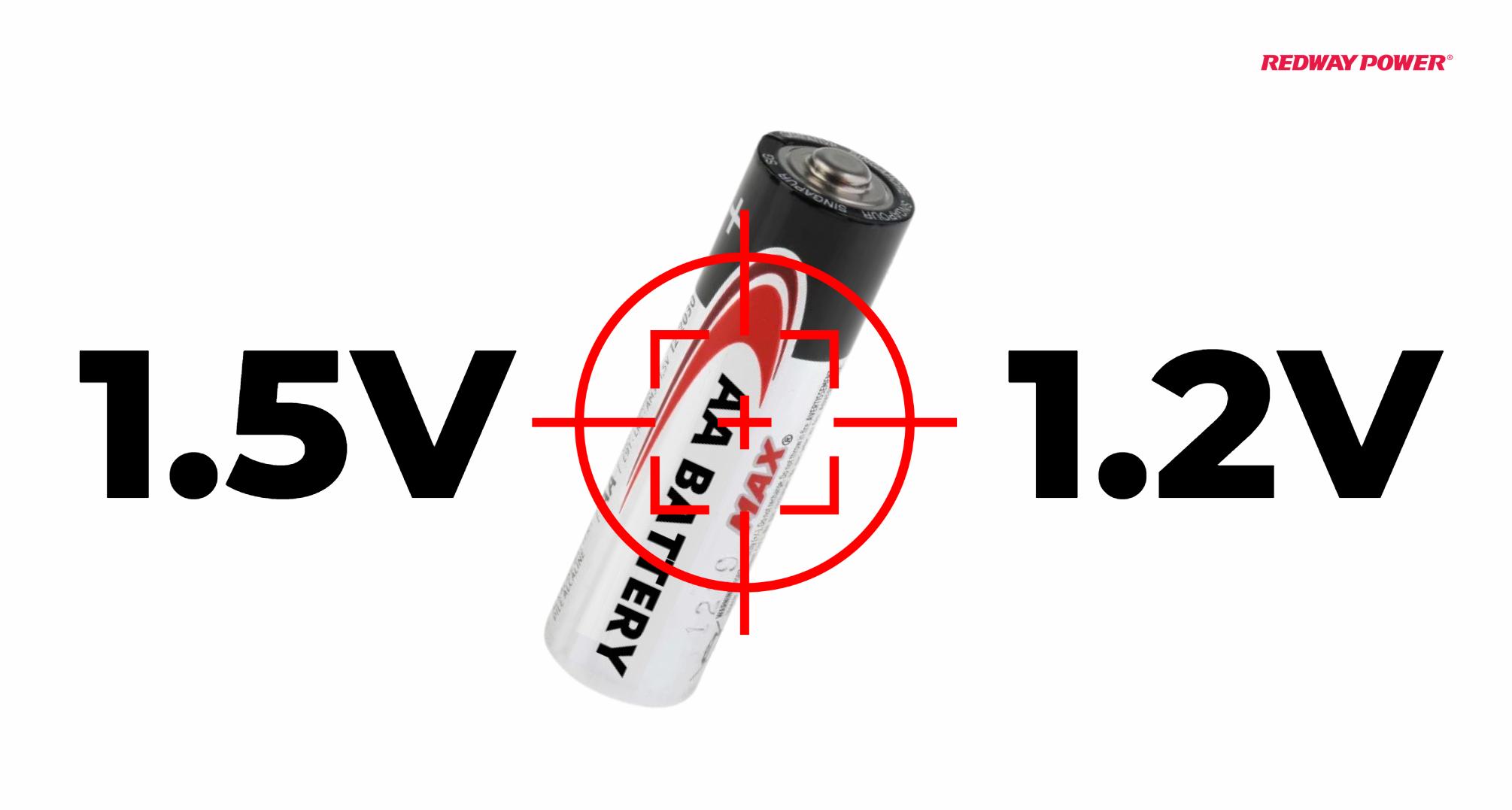Can You Use 14500 Instead of AA? A Comprehensive Guide
Yes, you can use a 14500 battery instead of AA batteries in devices that accept lithium-ion cells. However, ensure the device can handle the higher voltage (3.7V) of the 14500 compared to the standard AA (1.5V). Always check compatibility before substituting.
When it comes to choosing the right battery for your electronic devices, understanding the nuances between battery types is crucial. A common query that arises among enthusiasts and everyday users alike is whether a 14500 lithium-ion battery can be used as a substitute for an AA alkaline battery. This article delves into the specifics of this comparison, providing a thorough analysis of both battery types, their compatibility, and practical considerations for their use.
Understanding Battery Specifications
Before exploring the interchangeability of 14500 and AA batteries, it’s essential to understand their specifications and differences:
14500 Lithium-Ion Batteries
- Voltage: A 14500 lithium-ion battery typically has a nominal voltage of 3.7 volts. This is significantly higher than the standard AA battery, which operates at 1.5 volts.
- Capacity: The capacity of a 14500 battery usually ranges from 600 to 1000 mAh. This provides a higher energy density compared to the AA alkaline battery, which typically offers 1500 to 3000 mAh.
- Chemistry: Lithium-ion batteries use lithium cobalt oxide or other lithium-based chemistries, which offer advantages in terms of energy density and charge retention.
AA Alkaline Batteries
- Voltage: AA alkaline batteries have a standard voltage of 1.5 volts. This is significantly lower than the 3.7 volts of the 14500 battery.
- Capacity: The capacity of AA alkaline batteries generally falls between 2000 and 3000 mAh, providing a different energy profile compared to lithium-ion counterparts.
- Chemistry: Alkaline batteries use a zinc-manganese dioxide chemistry, known for its relatively high energy density and stable performance.
Compatibility and Practical Considerations
Voltage Differences
The primary concern when substituting a 14500 lithium-ion battery for an AA alkaline battery is the voltage discrepancy. Devices designed for AA batteries are typically built to operate at 1.5 volts. Substituting this with a 3.7-volt 14500 battery can potentially lead to:
- Overvoltage Damage: Excessive voltage can damage the internal circuitry of the device, leading to malfunctions or permanent damage.
- Safety Risks: Higher voltage increases the risk of overheating and other safety hazards if the device is not designed to handle it.
Physical Size and Fit
The 14500 battery and the AA battery are similar in size but not identical. The dimensions of a 14500 battery are approximately 14 mm in diameter and 50 mm in length, whereas a standard AA battery measures about 14.5 mm in diameter and 50.5 mm in length. Although they are close in size, a 14500 battery may not fit perfectly in all AA battery compartments.
Device Design and Battery Compartment
Some devices, particularly flashlights and headlamps, are designed with flexibility in mind and may accommodate both AA and 14500 batteries. These devices are engineered to handle different voltage levels and ensure compatibility. However, it is crucial to verify:
- Manufacturer Specifications: Always check the device’s manual or manufacturer guidelines to confirm if it supports 14500 batteries.
- Battery Contacts: Ensure that the battery contacts in the device can align correctly with the 14500 battery to avoid connection issues.
Advantages and Disadvantages
Advantages of Using 14500 Batteries
- Higher Energy Density: 14500 batteries offer a higher energy density compared to AA alkaline batteries, which can result in longer runtimes for devices designed to use them.
- Rechargeability: Unlike AA alkaline batteries, 14500 lithium-ion batteries are rechargeable, which can be more cost-effective and environmentally friendly in the long run.
Disadvantages of Using 14500 Batteries
- Voltage Compatibility: The significant voltage difference between the 14500 and AA batteries means that not all devices will handle the higher voltage without potential issues.
- Potential Damage: Using a battery with incorrect specifications can lead to damage to your device or reduced performance.
Applications Where 14500 Batteries Can Be Used
Flashlights
Many modern flashlights are designed to accommodate both AA and 14500 batteries. These flashlights often have a voltage regulation circuit that allows them to handle the higher voltage of 14500 batteries safely. Using 14500 batteries in these flashlights can provide brighter output and longer run times.
Headlamps
Similar to flashlights, certain headlamps are designed to use either AA or 14500 batteries. These devices benefit from the enhanced performance characteristics of lithium-ion batteries. Always check the specifications of your headlamp to ensure compatibility before making the switch.
How to Safely Use 14500 Batteries in Place of AA Batteries
Verify Compatibility
- Check Manufacturer Recommendations: Always refer to the manufacturer’s guidelines to ensure your device can safely use 14500 batteries.
- Inspect Battery Compartments: Ensure the physical dimensions of the 14500 battery will fit securely in the device’s battery compartment.
Monitor Device Performance
- Observe Device Behavior: If you notice any irregular performance or overheating, discontinue use immediately and revert to AA batteries or consult a professional.
- Regular Maintenance: Regularly inspect your device and batteries for signs of wear or damage to maintain optimal performance and safety.
Conclusion
In summary, while it is technically possible to use a 14500 lithium-ion battery in place of an AA alkaline battery under certain conditions, there are several critical factors to consider. The key issues are voltage compatibility, physical fit, and the specific design of your device. 14500 batteries offer several advantages, including higher energy density and rechargeability, but they also come with potential risks if not used correctly.
For devices specifically designed to accommodate both battery types, the switch to 14500 batteries can be highly beneficial. Always prioritize safety and manufacturer guidelines to ensure that your devices operate efficiently and reliably.


